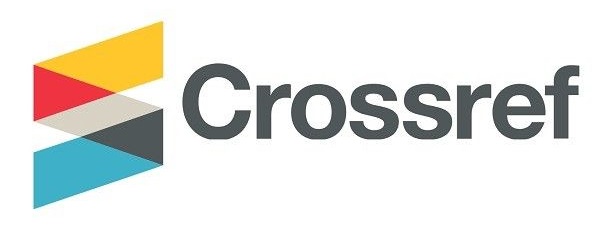Analysis of Tea Consumption in South-West Nigeria
DOI:
https://doi.org/10.37745/bjmas.2022.0253Abstract
Tea (camellia sinensis) is a drink widely accepted globally. The market of tea has grown significantly over the years. It is forecast to reach 6.77 billion USD in 2025). There is plenty evidence that regularly drinking tea can have a lasting impact on wellness. Both green and black teas are packed with antioxidants which help to build antibodies. There is however, little information documented on the level of tea consumption. This study therefore empirically investigated the level of tea consumption as well as assess global tea consumption from 2012-2025. The study was carried out in the South west geopolitical zone of Nigeria. Information was obtained from the respondents using well structured questionnaire. For this study one hundred and forty-six respondent’s information was used for analysis. Descriptive analysis, composite score analysis and linear regression analytical techniques were the analytical tools used in the study. Forty-nine percent of tea consumers have secondary education, a mean household size of four persons. They take tea about three times a week and consume an average of three sachets per week. Seventy-four percent of tea consumers reside in rural areas. Fifteen percent of the respondents are in the high category of tea consumption. The factors that influence tea consumption are gender (p≤0.1), household size (p≤0.05), place of residence (p≤0.1), brand of tea(p≤0.01) and number of sachet of tea consumed per week(p≤0.01). Respondents consume tea in South West Nigeria however their level of consumption is still low. There is a need to sensitize the populace in South West Nigeria on the health benefits of tea. This will in turn grow tea business (companies and farmers).
Downloads
Downloads
Published
Versions
- 23-07-2023 (2)
- 23-07-2023 (1)












